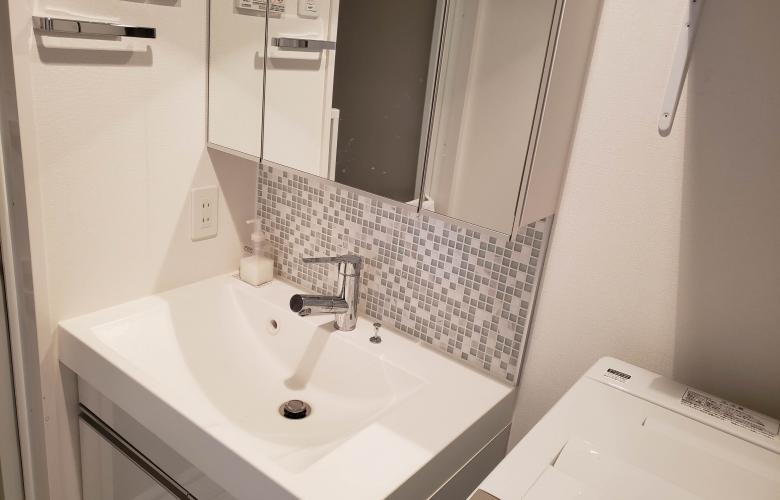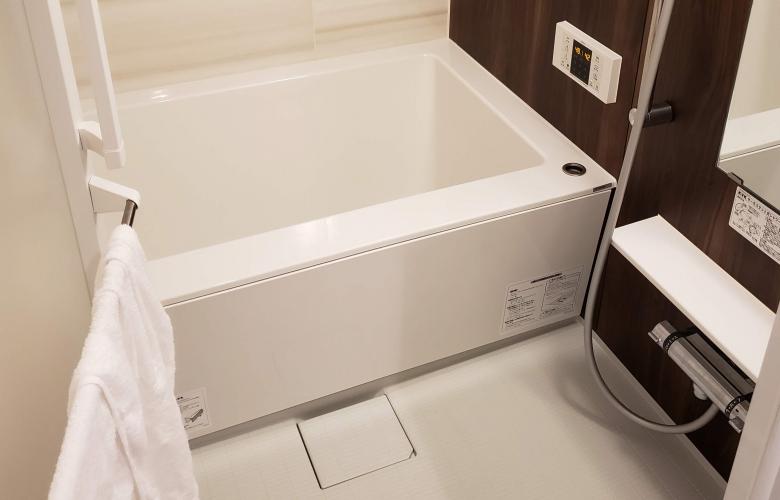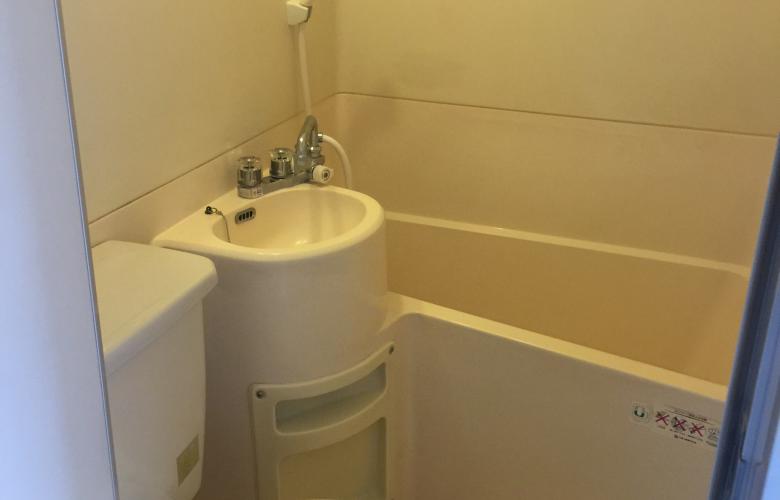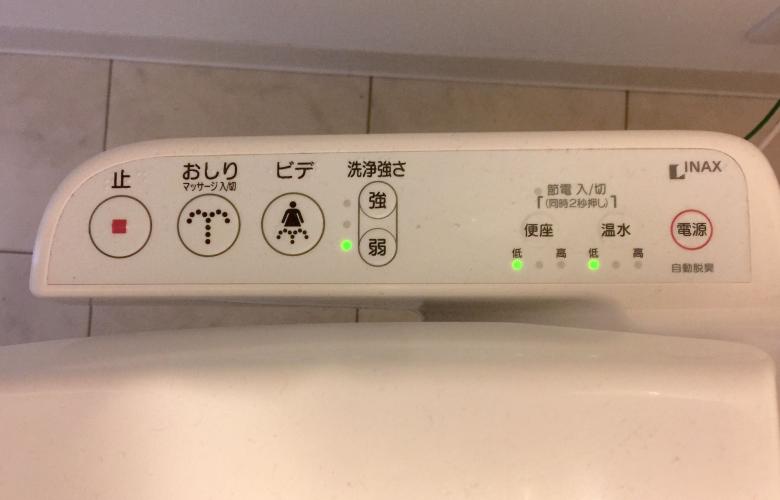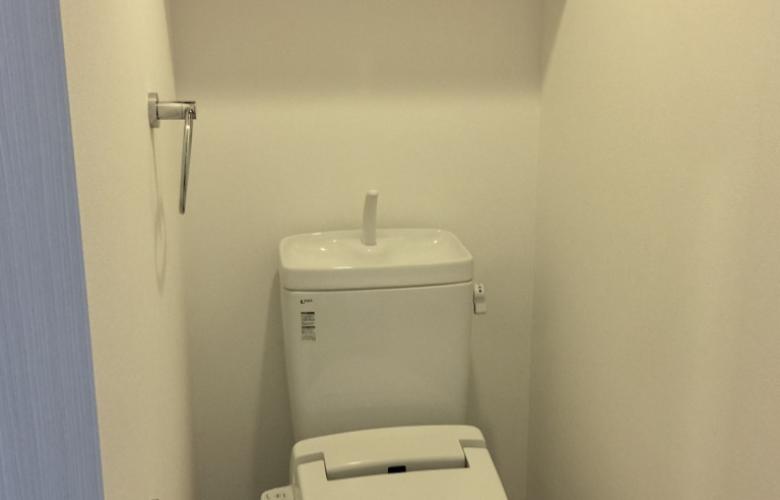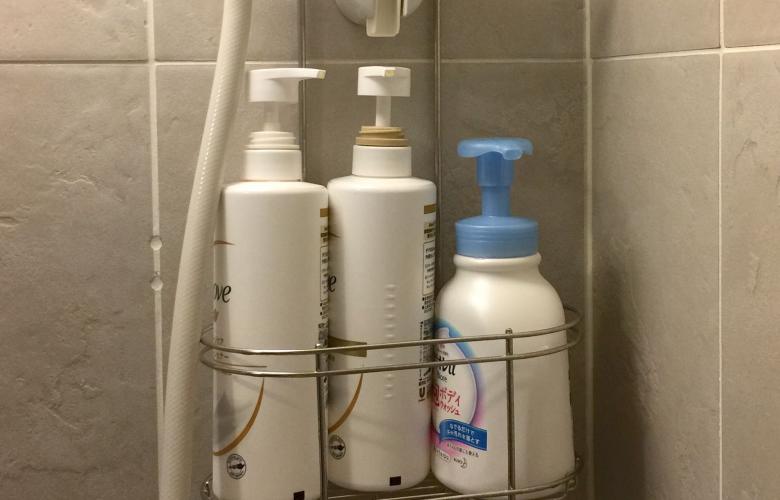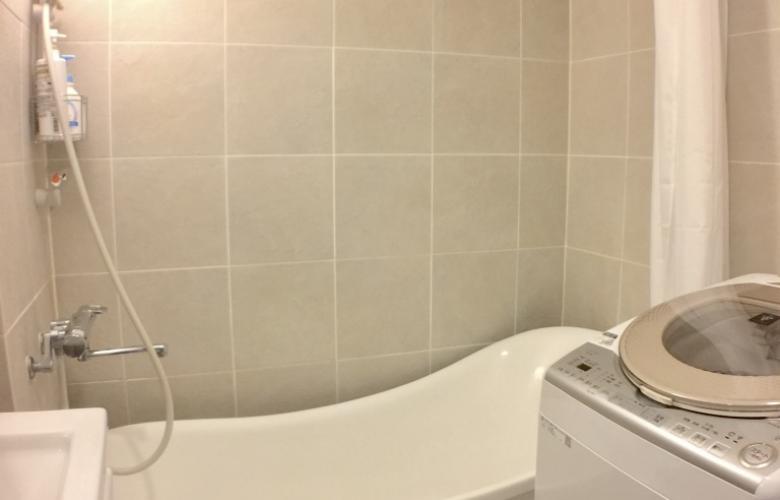The bathroom is as essential as it is underrated. It may not be the first place we inspect when moving into a new place, but it's more than worthy of some deep consideration.
In Japan, bathrooms are a little different from the ones you find back home. Similar to the public baths of traditional Japan, bathrooms are often more wet rooms with large soaking tubs, with separate toilets and vanities. There's a good reason for this, to find out why, and how you can save money on rent by focusing on the bathroom, let's go deep with a crash course in Japanese bathrooms.
Layout
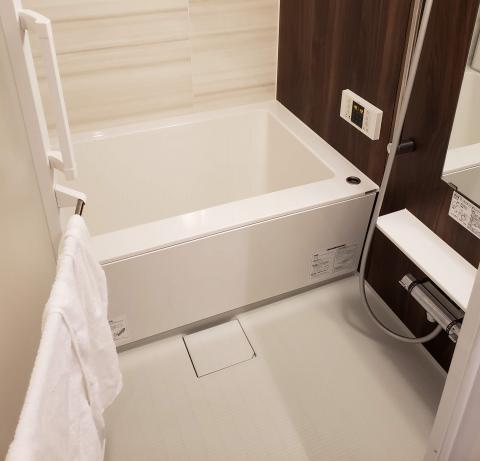
The layout of a Japanese bathroom will depend on what type of complex you're in. One common difference from a western-style set-up is that Japanese toilets are separate from the rest of the bathroom. In a nation where space is at a premium, it may not seem like the most logical move. However there are a few reasons why it makes a lot of sense.
Bathrooms in Tokyo especially are compact, and the last thing you want is to cross your dirtiest outlet in the house (the toilet) with what should be the cleanest (the bath). Another reason is that in Japan people love to soak in the tub. There's nothing quite like a long soak after a long day toiling away in the office. If you do want to indulge in a little rest and relaxation, in a Japanese bathroom there's no risk of being interrupted by someone who's 'gotta go'.
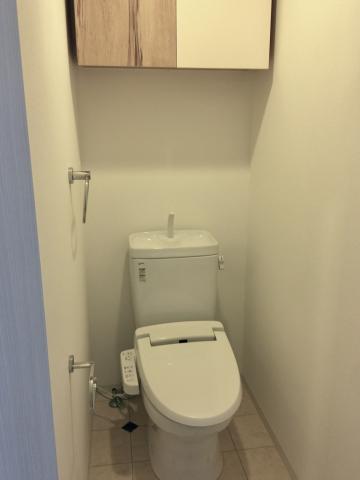
If you're looking to save money on rent and you're living by yourself, look for places with a combined toilet and bathroom. The separated layout is super desirable for most Japanese folk, but if you couldn't care less, chances are you could find a place that's renting for cheaper because the bathroom comes as a double feature.
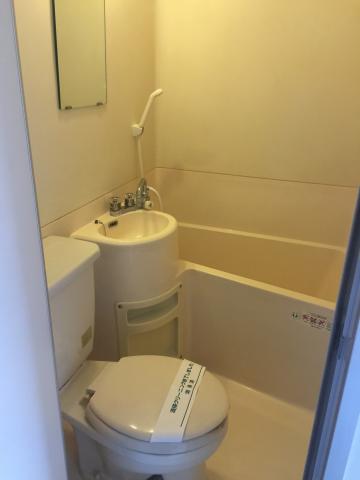
Tech-heavy tubs and toilets
As you've probably seen online, or experienced in real life if you've been to Japan, the nation loves to get techy with its bathrooms. The toilet is the obvious one. Most modern apartments come fitted with a bidet-style attachment on the toilet. The settings are dependent on the make and model, but as a general rule, there are a handful of typical settings when it comes to the spray.
おしり (oshiri) is for your butt; it's a direct stream of water, which if you're sitting straight, it'll do the job it's intended, no problem.
やわらか (yawaraka) is what to hit for a softer wash.
ビデ (bidet) is a more general wash for both the back end and the front.

The options will come with a range of settings to you can pick what suits. Press the button with the 止 kanji or square button to stop.
If you go to a public bath, you'll notice that when Japanese folks take a bath, they wash thoroughly in the shower before hitting the tub — it's the same at home. It means that in the home, bath water can be used for multiple days, or by multiple people. The gadgets and buttons you see near the tub or outside the bathroom are often insulations systems for the baths to keep the water warm or to heat it again for later use. It's also while you'll notice most tubs have a cover. It's an excellent way to conserve water and a new way to think about bathing entirely.
How to keep your bathroom organised

Chances are in Japan your bathroom is small, with minimal shelving, or it's less of a bathroom in the traditional sense, and more of a large wetroom–washroom. Because of those reasons, there are a few products you might want to pick up to make life easier.
Shower caddy – If you don't have much shelving space, having a caddy or basket for things like loofahs, razors, shampoo and soap pump bottles, etc., can help keep the bathroom tidy.
Plastic slippers – These are for the toilet. Because you have to take your shoes off at the entrance of most homes and traditional style public spaces, most toilets will have a pair of communal plastic slippers to pop on in the name of hygiene and to prevent wet socks.
Stool – A stool for bathing is necessary if you have a wash area and tub style bathroom. Most people sit down when they shower, so many bathrooms are designed with that in mind. Once you're finished with the stool, be sure to rinse it off.
Slip pad – For washroom tub bathrooms, a slip pad is a handy little safety measure, it just prevents any mishaps when moving from the shower area to the tub or vice versa.
How to keep the shower and wet room mold and mildew free
Humid rainy summers and bathrooms that get wet from top to bottom — mold is no rarity in Japan. However, there are a few handy tricks to keep the stuff at bay.
- Run the fan as much as you can. All day on rainy summer days is no issue, it just increases the airflow.
- If you're the type who likes super hot baths and showers, you can rinse the bathroom with cold water after use to lower the temperature and likeliness of mold.
- Regularly use a vinegar spray, if you don't mind the smell, or pick up a bio cleaner which uses good bacteria to fight off the bacteria that causes mold.
- Finally, if you're doing a big scrub clean but don't want to use a whole bunch of nasty chemicals, be sure to read our guide to non-toxic cleaning products.
By Lucy Dayman
Similar to this:
Energy-efficient home items that can save you money and the environment
A guide to Tokyo’s daily essential stores
Uchi-soto: How the Japanese concept that divides the "in" from the "out" reflects in Tokyo architecture

